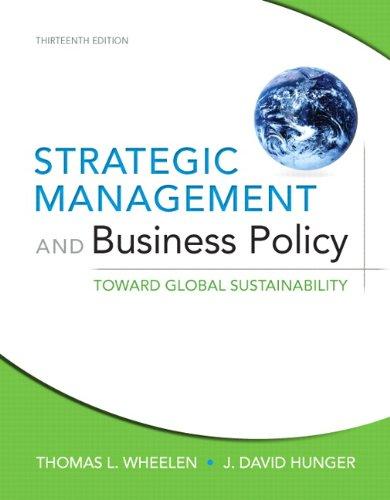Question
Although free trade is the basis of trade under the absolute advantage and comparative advantage theories of Adam Smith and David Ricardo, trade restrictions remain
Although free trade is the basis of trade under the absolute advantage and comparative advantage theories of Adam Smith and David Ricardo, trade restrictions remain an important part of international trade. However, producers and consumers are on different sides of the argument as to whether trade restrictions are good or bad.
The theory of 'tariff structure' explains how producers are protected and to what extent the protection is achieved through the calculation of the rate of effective protection.
Suppose that the free trade price of a finished cellphone is R1 000 (i.e. it is a finished good). Note that this particular cellphone is made from aluminium alloys that cost R500 per cellphone, and this material is imported from South Korea. Finished cellphones from outside the country have a tariff of 10% imposed on them, whereas imported aluminium alloys are charged a duty.
Required:
2.1 Calculate the rate of effective protection if the duty on imported aluminium alloys is 5%. (5)
2.2 Calculate the rate of effective protection if the duty on imported aluminium alloys is 10%. (5)
2.3 Calculate the rate of effective protection if the duty on imported aluminium alloys is 15% and the price of a finished cellphone has increased to R1 200 in South Africa. (5)
Step by Step Solution
There are 3 Steps involved in it
Step: 1

Get Instant Access to Expert-Tailored Solutions
See step-by-step solutions with expert insights and AI powered tools for academic success
Step: 2

Step: 3

Ace Your Homework with AI
Get the answers you need in no time with our AI-driven, step-by-step assistance
Get Started


